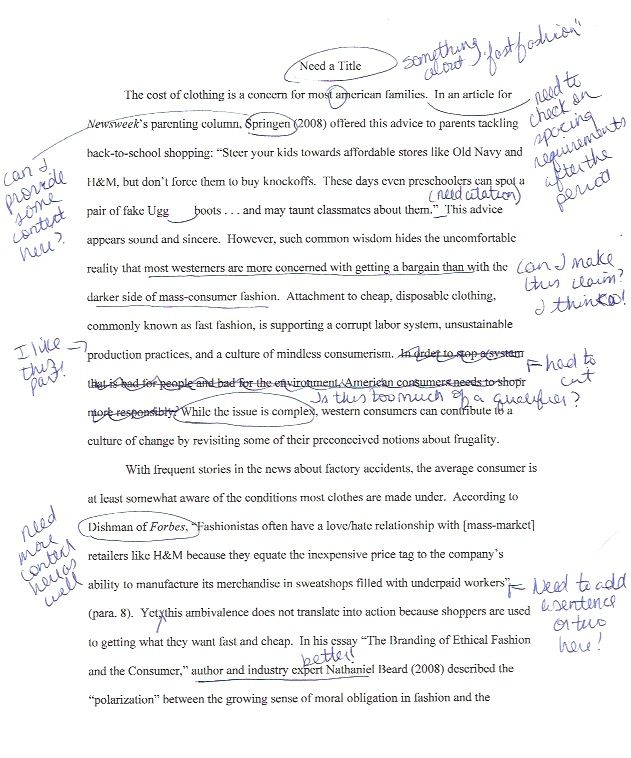Chapter 2 of Rough Draft Math by Amanda Jansen the reader is led through a series of implementations of rough draft thinking in various classrooms. There are successes and stumbling blocks shared, in a way to help the reader think about the application of rough draft thinking in their own classrooms.In my classroom, we are in the very beginning stages of the year when students still give performative answers for the most part. They are not yet comfortable talking through their processes and thoughts, unless they think they are 100% correct. I usually get them more comfortable with making mistakes and taking risks pretty slowly throughout the year. The way I have mostly done this in the past, is to try to catch them in misconceptions, and help them see that in the history of science, many other scientists had the same ideas they did.In this chapter, I really enjoyed seeing all the different ways to help students feel comfortable sharing their rough draft thoughts! The rights of the learner is something that had heard about, but didn’t know fully. I’m glad that was the first example of culture building. I thought it was really neat that we got to see the list of student rights of Michael Sanchez’s class, and that they came up with a few rights from the original list, and included some about pace, respect, and feelings of safety. I especially resonated with Sara Vanderwerf’s three expectations - mostly having to do with everyone being responsible to communicate to the best of their ability and to try to interpret the communication of others to the best of their abilities.This year, I’m looking forward to the students getting to a point of vulnerability a little sooner, because we’ll be explicitly talking about rough draft thinking, and working through how to participate in the process effectively. I’m going to use the three expectations that Sara Vanderwerf used, and have the students build upon them by creating their own list of rights-of-the-learner. I’ll then start them out with the sentence stems which are included in the chapter, and see if we can come up with a few more as each science period - bringing them all together for the whole grade in the end.Kristina:Chapter 2 of Rough Draft Math really highlighted the importance of giving students a voice to share and revise their ideas in the classroom. By listening to their peers’ perspectives, students acquire additional insight and are able to develop a deeper conceptual understanding of the topic.In my prior clinical classroom, I observed my mentor teacher employed this strategy often during lesson delivery. When data was presented, either in a figure, graph, or diagram, he would pause for turn-and-talks, where students would share out and discuss their ideas and interpretations of the data representation in small groups. When we came back together, he would call on individual students to share their reasoning in a teacher lead, whole-class discussion. In addition, he would invite other students to elaborate on the ideas of others, thereby enriching the conversation and directing it toward the learning goals—what he wanted students to know, learn, and be able to do after the lesson. Our question for the class to discuss:How have you observed rough draft thinking being used in your cooperating classrooms, and/or how will you/could you implement it in your own lessons?
RDT - Kristina & Stephanie
